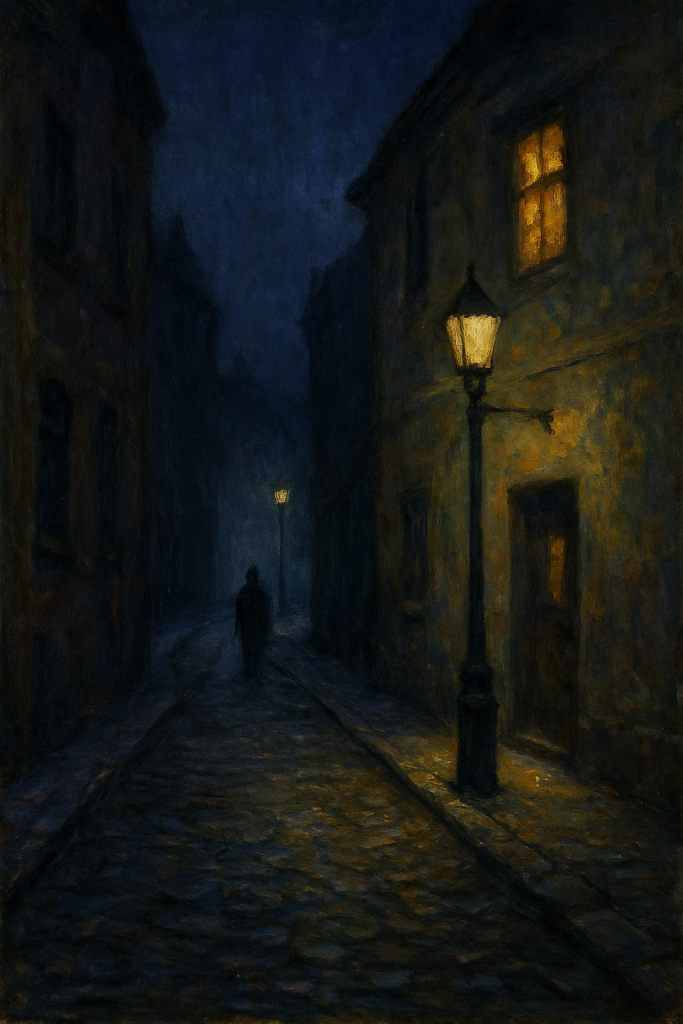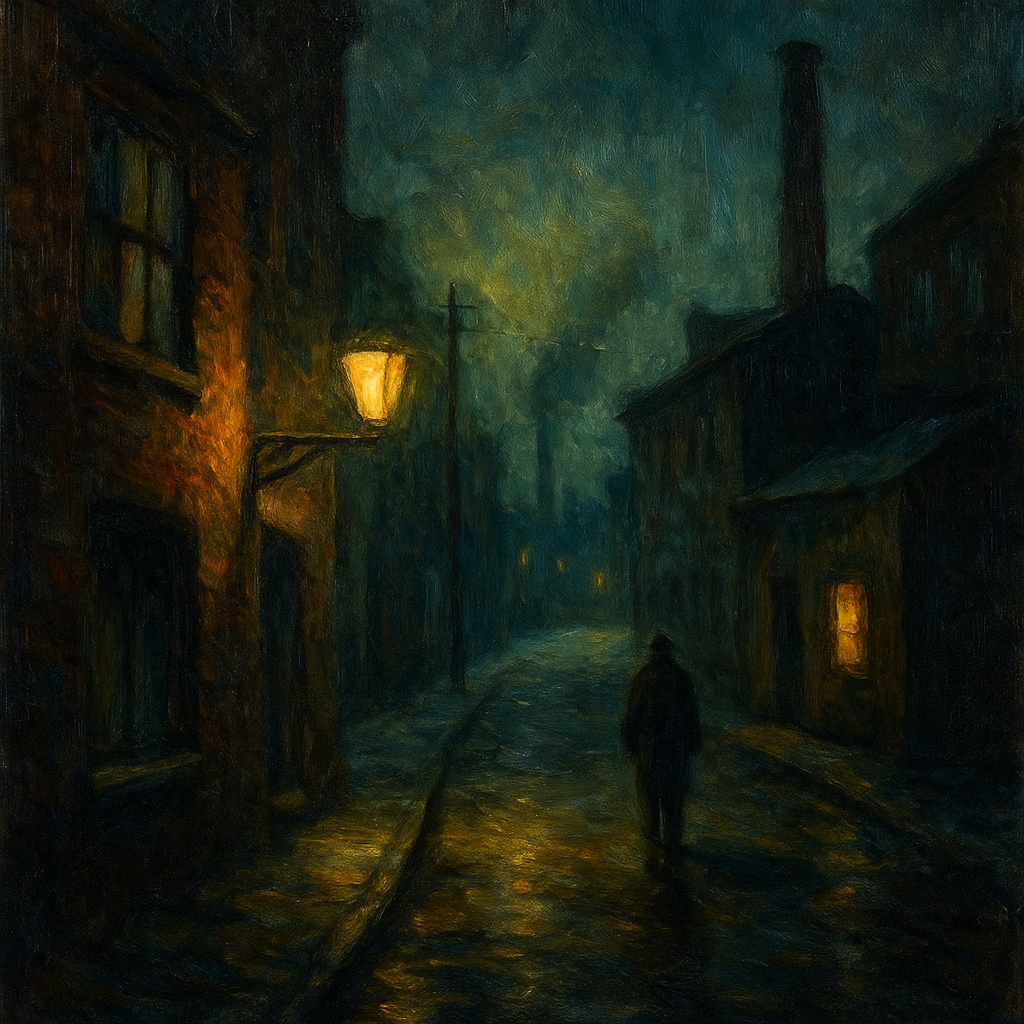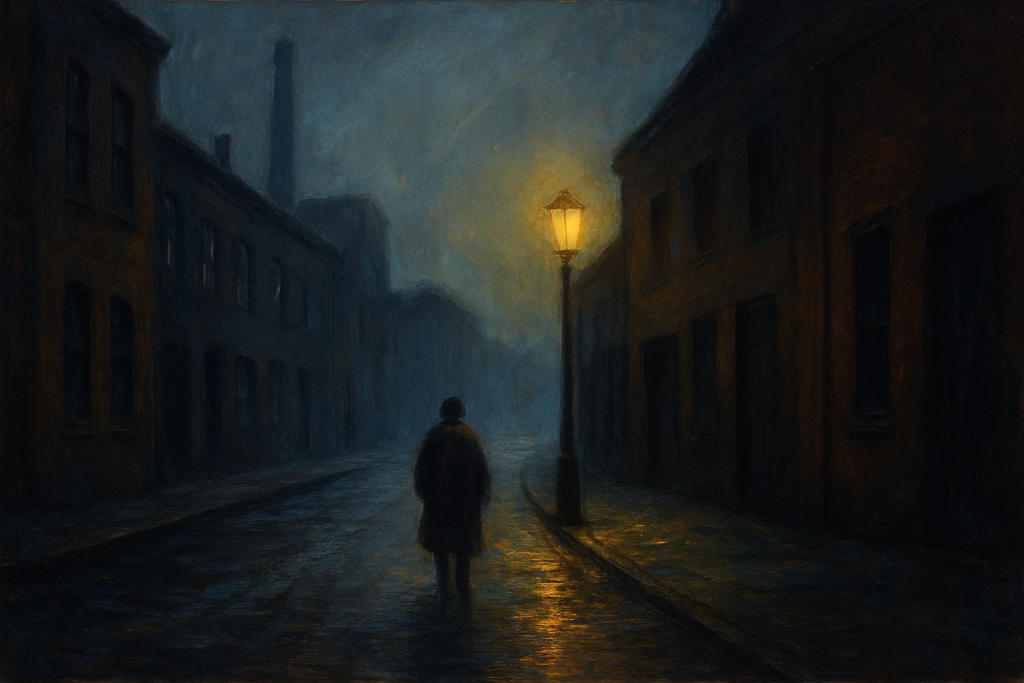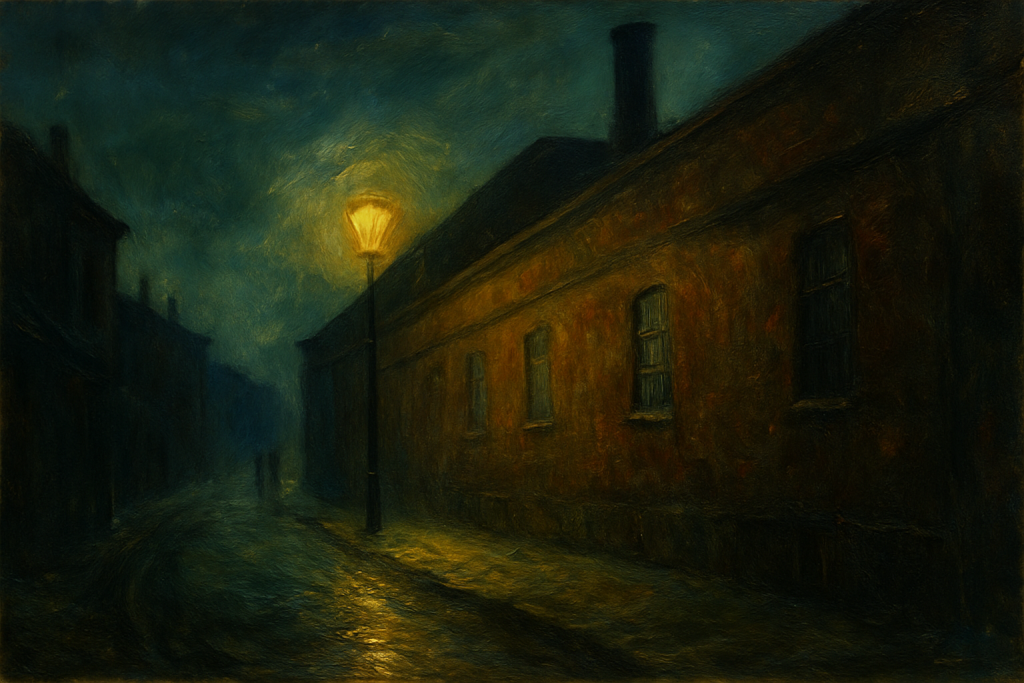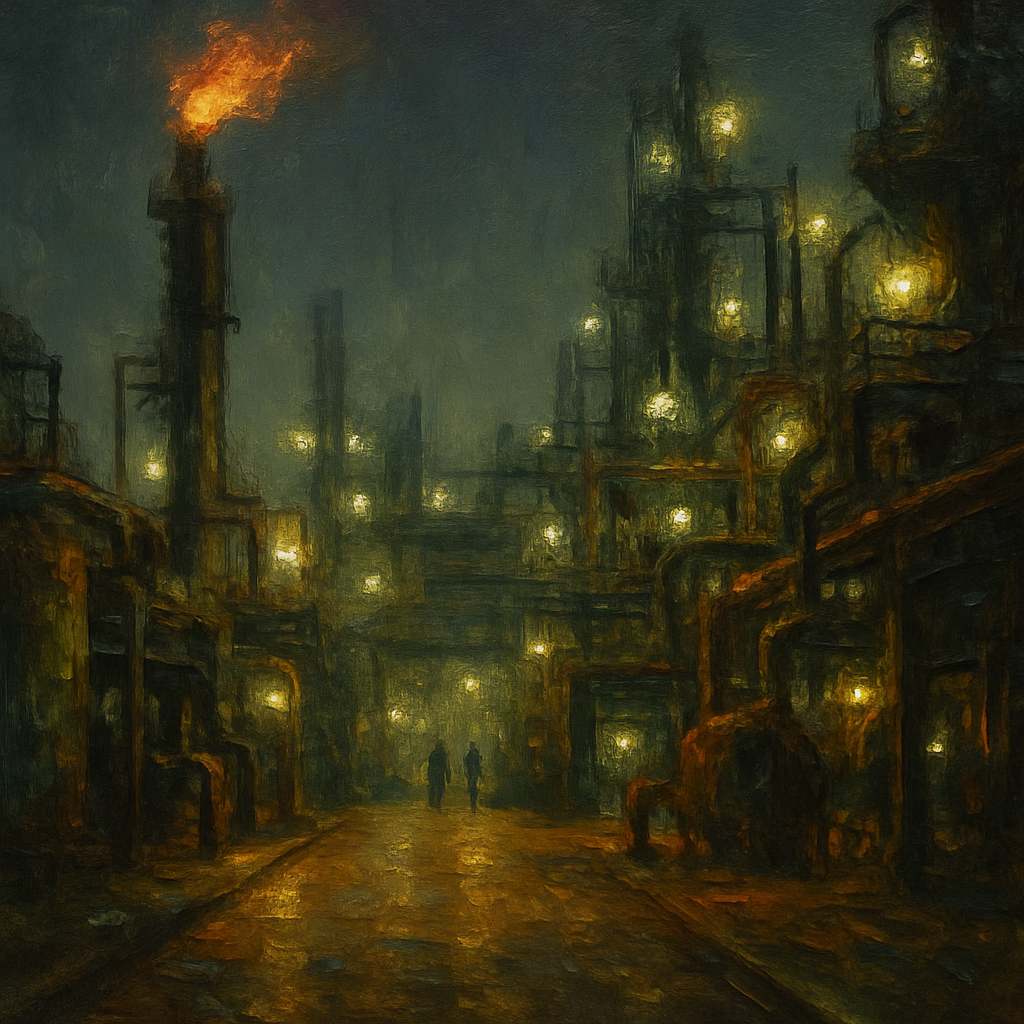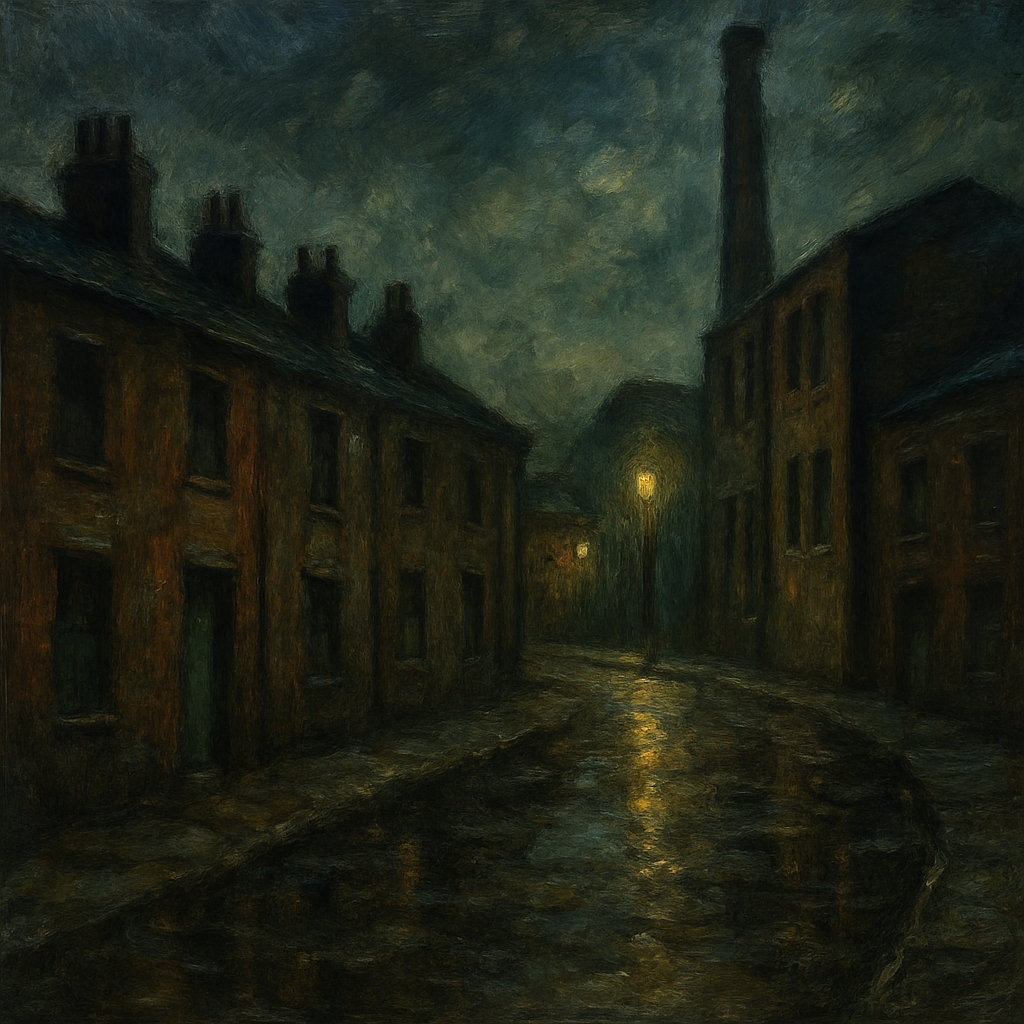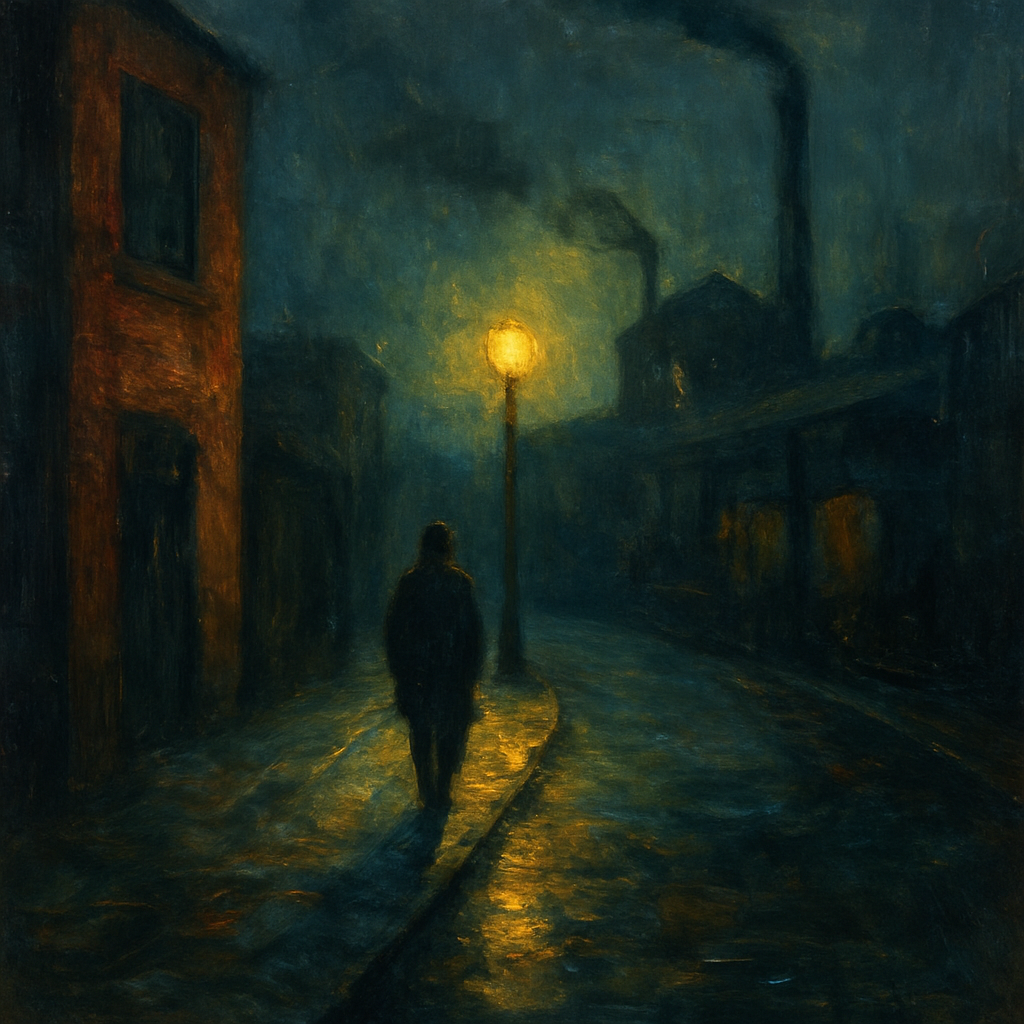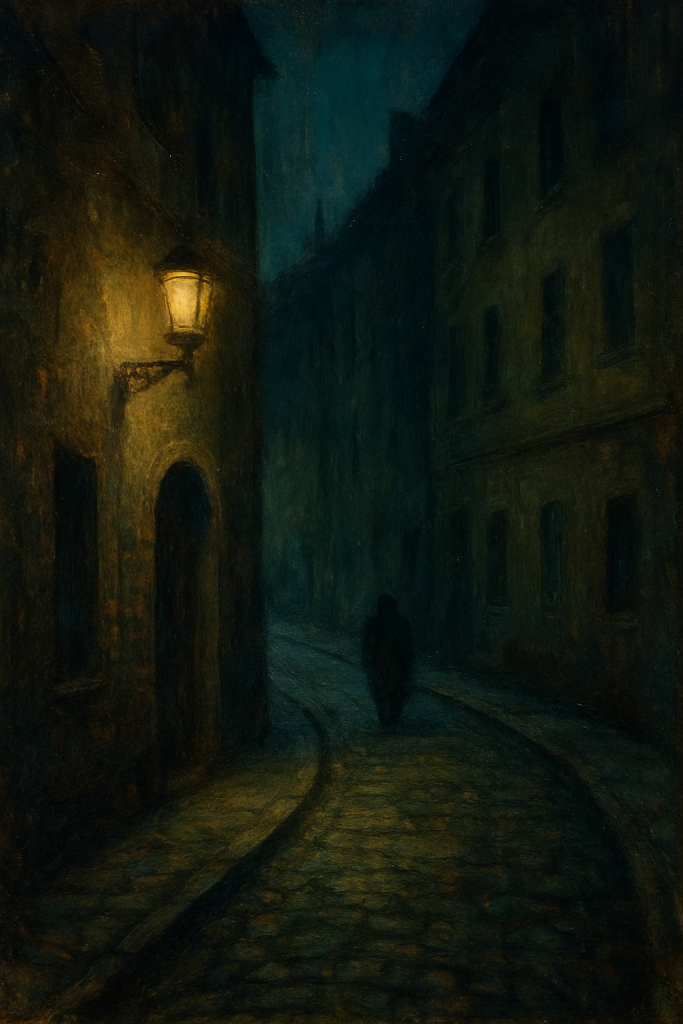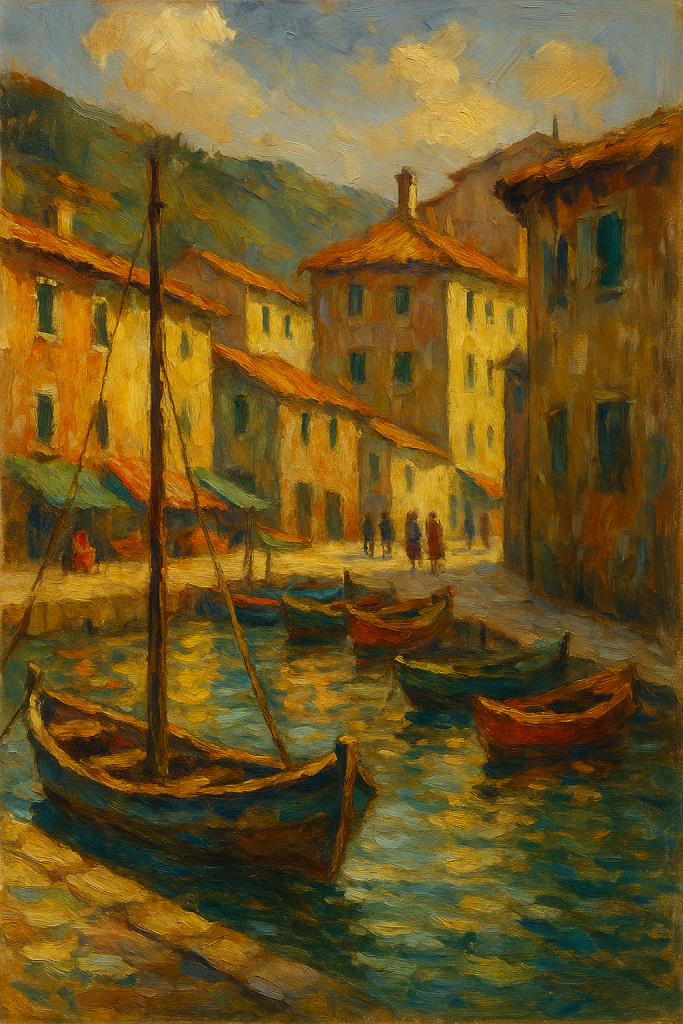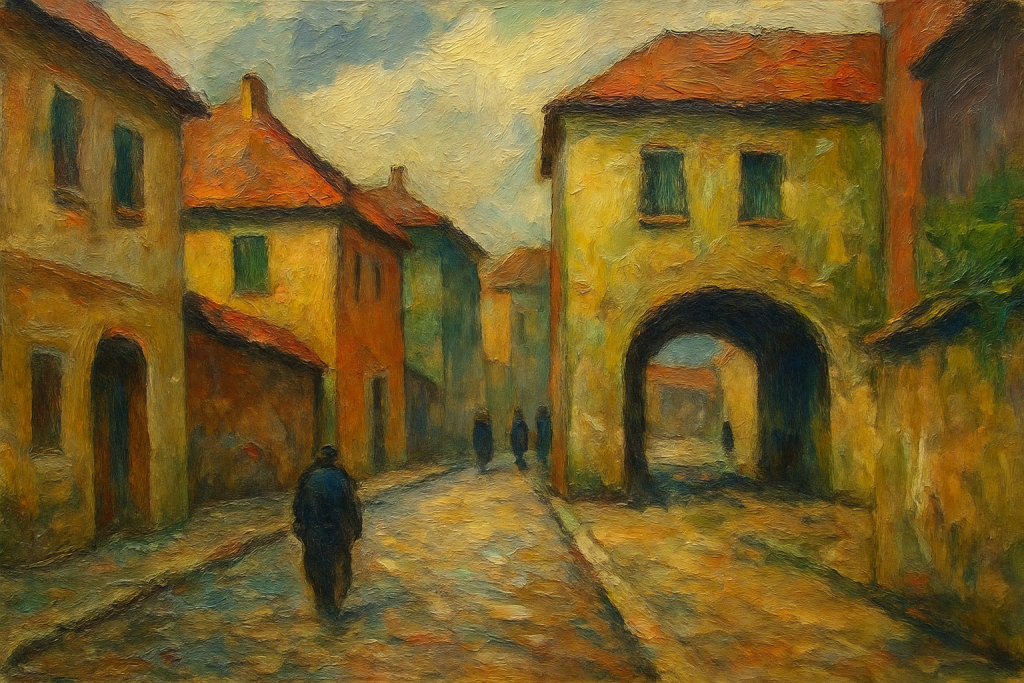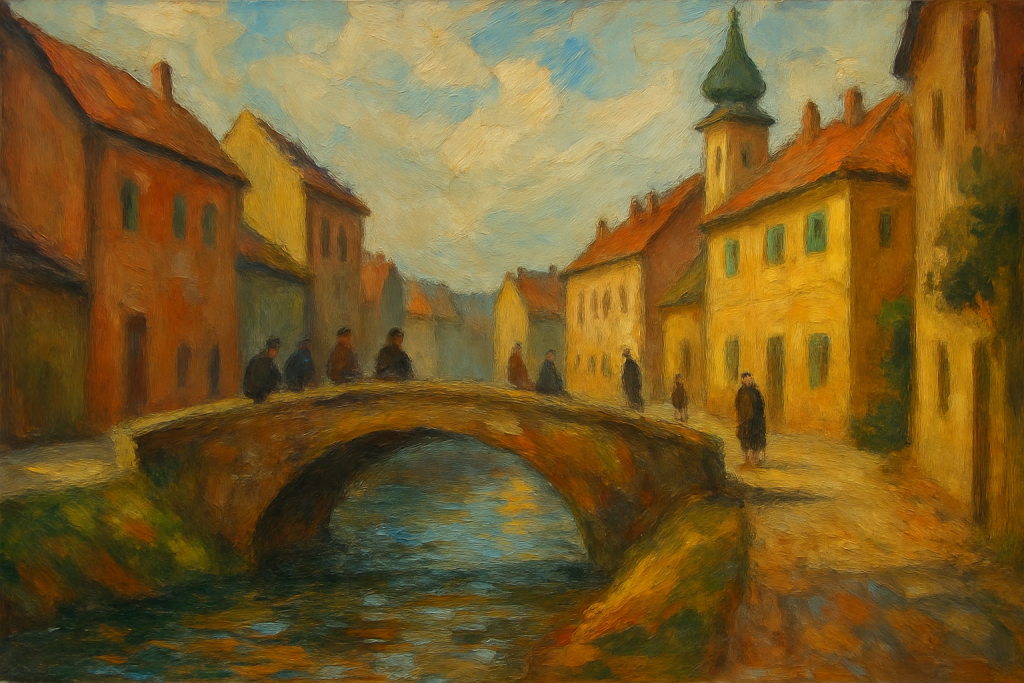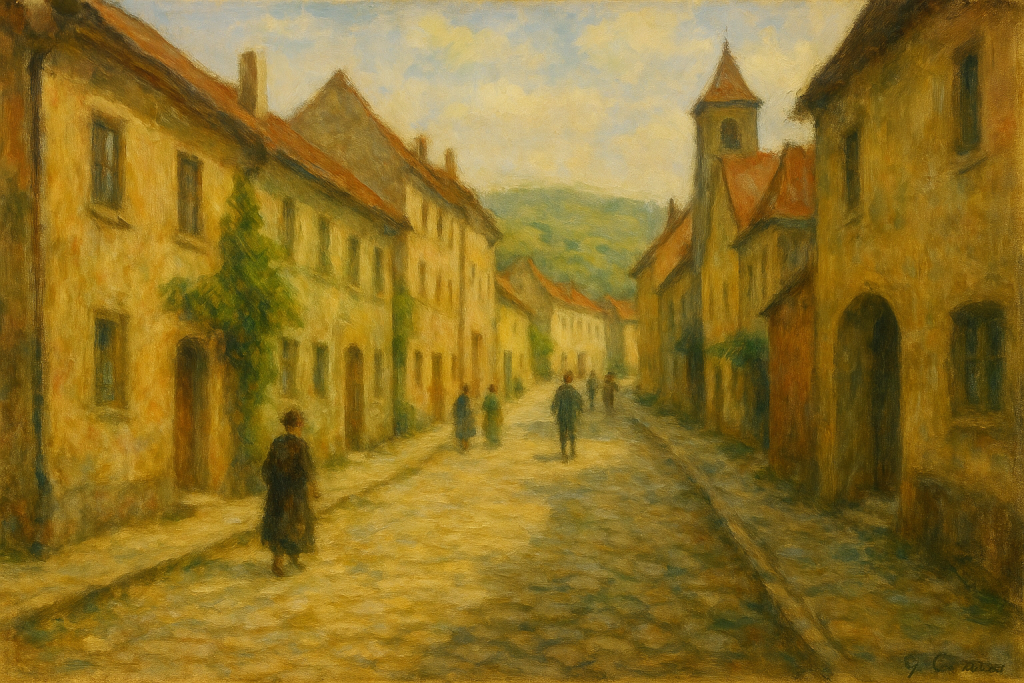Franz Ritter
The story of Franz Ritter, an Austrian-born painter whose works spanned from 1945 to 1981, is as much about mystery as it is about mastery. Ritter’s paintings, consisting of gritty city streets, fog-draped alleys, stark industrial yards, and weathered villages, all speak in a visual language of solitude and resilience. Yet behind the expressive brushwork lies a deeper enigma: persistent whispers that Ritter once served as a spy for the Nazi regime during the Second World War. The truth of those claims was never substantiated, but the rumor followed him like a shadow, tinting how his art was received both in his lifetime and beyond.
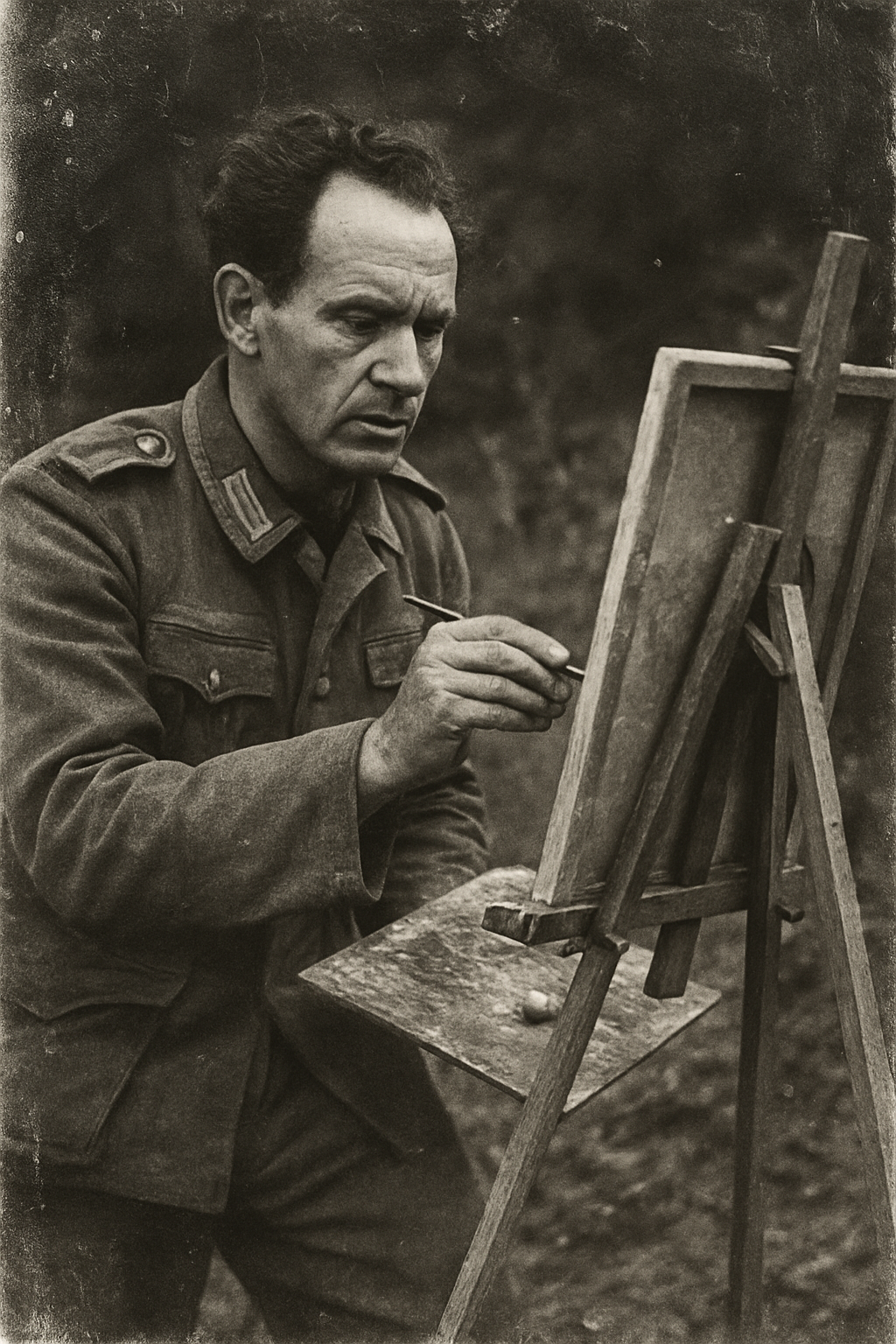 Born in Salzburg in 1918, Ritter was a teenager when the rise of fascism gripped Europe. His early sketches, scarce and seldom seen, show a fascination with structure—stone facades, factory lines, and the play of light on architectural forms. The war interrupted his path. Some claimed Ritter was conscripted, others that he moved in and out of occupied zones under assumed names. The war years left few records. When he resurfaced in Vienna in 1945, it was with paint-stained hands and a haunted gaze. He rarely spoke of those lost years, but contemporaries described him as a man who had “seen too much to ever return to innocence.”
Born in Salzburg in 1918, Ritter was a teenager when the rise of fascism gripped Europe. His early sketches, scarce and seldom seen, show a fascination with structure—stone facades, factory lines, and the play of light on architectural forms. The war interrupted his path. Some claimed Ritter was conscripted, others that he moved in and out of occupied zones under assumed names. The war years left few records. When he resurfaced in Vienna in 1945, it was with paint-stained hands and a haunted gaze. He rarely spoke of those lost years, but contemporaries described him as a man who had “seen too much to ever return to innocence.”
His paintings bear out that description. Ritter gravitated toward scenes at the edges of human habitation: an empty tram stop at dawn, a fogged-in alley with a single glowing window, factory walls pocked by rust and soot, slum houses that leaned into each other like exhausted neighbors. The brushstrokes were bold, almost brutal at times, but carried the warmth of a witness—someone who stood in these places, who understood their weight.
The retrospective Night and Day assembles eighteen of his finest works, nine from each of his twin obsessions. The Night canvases smolder with loneliness: long rows of terraced houses where one lamp fights the dark, industrial yards lit by jets of flame, rain-soaked cobblestones reflecting a pale moon. They hint at secrets, danger, and the kind of watchful stillness one associates with a man who once looked over his shoulder too often. In contrast, the Day paintings reveal Ritter’s yearning for clarity and renewal. Streets in Austrian villages bustle faintly with life, bridges arch over bright rivers, and fishing harbors gleam in Mediterranean sun. Yet even here, a sense of disquiet lingers. The brush may be lighter, the palette more generous, but shadows creep at the edges.
The suggestion that Ritter’s wartime service informed his lifelong themes cannot be ignored. To some critics, his nocturnes embody the guilt and secrecy of an unspoken past; to others, his daylight works suggest a man forever reaching for absolution. Whether spy, soldier, or simply survivor, Ritter painted with the conviction of one who had borne witness to history’s darkest hours.
Bringing together this collection has been a feat nearly as mysterious as the artist himself. Ritter’s paintings were long scattered—some hanging in provincial Austrian museums, others in Belgian private collections, still others surfacing in America after his son Davide carried them westward. A few had vanished entirely from public record, only to reemerge in dusty attics or estate auctions. One haunting industrial nightscape comes from the private collection of a European monarch, while another village street scene was discovered only recently in the backroom of a Copenhagen gallery.
Night and Day marks the first time these eighteen works have stood together. Seen side by side, they offer not just a survey of Ritter’s technical genius but also a glimpse into the soul of a man wrestling with his own contradictions. His art does not tell us what really happened during those lost wartime years. But it does tell us how a man who lived under suspicion, carrying the weight of a shadow, transformed that burden into canvases of extraordinary presence. In their chiaroscuro of solitude and renewal, guilt and grace, Franz Ritter’s works remind us that art is often the truest record of a life, even when history refuses to give us all the facts.
